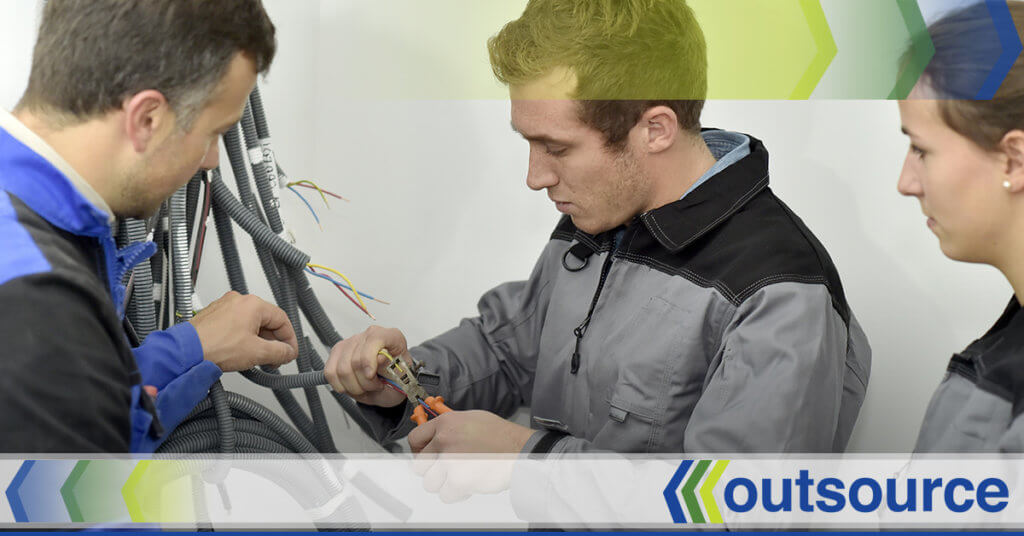
The basic definition of a structured cabling system is whatever cabling and hardware makes up the workings of a telecommunications infrastructure. These systems are employed for many different uses — data transference and telephone service being the most common. These systems are installed by structured cabling technicians, who are trained with a solid knowledge base in the install maintenance and repair of various cabling systems.
One of the most difficult things about structured cabling is that every system is completely unique. Most all have similar hardware and products, but they vary greatly from building to building. The architecture will dictate a lot about a system, and will help decide what cabling and connection products to use. You need to create a system based on the everyday functions required, as well as the what equipment it needs to be able to support, both today and down the road. Often times you will be dealing with a previously installed cabling systems, and will have to decide how to upgrade or retrofit the system, or if you recommend tearing it out and installing all new cable. And customer demands are the biggest complication to deal with — everyone wants the highest functioning system for the least amount of money, and those in the structured cabling field sometimes have to get creative to satisfy their clients while staying in a specific price range.
Those interested in becoming a structured cabling technician should be fond of math, physics and electronics. The most common road for training is through a technical institute or vocational school. These organizations generally offer a two year program that covers the basics of computer knowledge, cable specifics, circuitry, and networking skills. There are also four year college and university programs that have courses and degrees in structured cabling, which allows you to obtain a broader knowledge base and receive more hands on experience in the lab. There are also a few associations out there that offer quick certifications for those looking to jump into the business. For example, the Fiber Optic Association has a Certified Premises Cabling Technician certification which quickly and efficiently gets students comfortable with UTP copper, fiber optics, and wireless technologies.
Once you have attained the proper training, the day in a life of a structured cabling technician can involve anything from installing new cabling, routers and switches, to testing systems for safety. Technicians are the ones to decide on the final locations for network hardware, they find and fix all networking and cabling issues, and repair any faulty equipment. There is also an option to go through higher level training and become a technician who designs new systems and improves existing systems.
The average salary for a technician is around $70,000 a year, though it varies greatly with location, company and your experience level. The outlook for jobs in structured cabling is looking great though 2014. As the IT field continues to surge upward and new technology keeps hitting the market, more and more systems will need to be installed or upgraded.
Discover The Power of Real Partnership
Let's talk about the world of possibilities and how we can partner to make them a reality.
Our Latest Resources
What's new in the world of work? Check out the latest highlights, including staffing trends, top insights and more.
Be Ready to Answer These Questions at Your Next Job Interview
Whether this is your first job interview or you've done several already, you will probably find yourself with a case of nerves as it begins...
Maneuvering Your Job Search Through a Pandemic
A global pandemic means times are uncertain, stressful and even a bit frightening. While the COVID-19 outbreak has not only caused a health crisis it has also caused an economic crisis as well...



